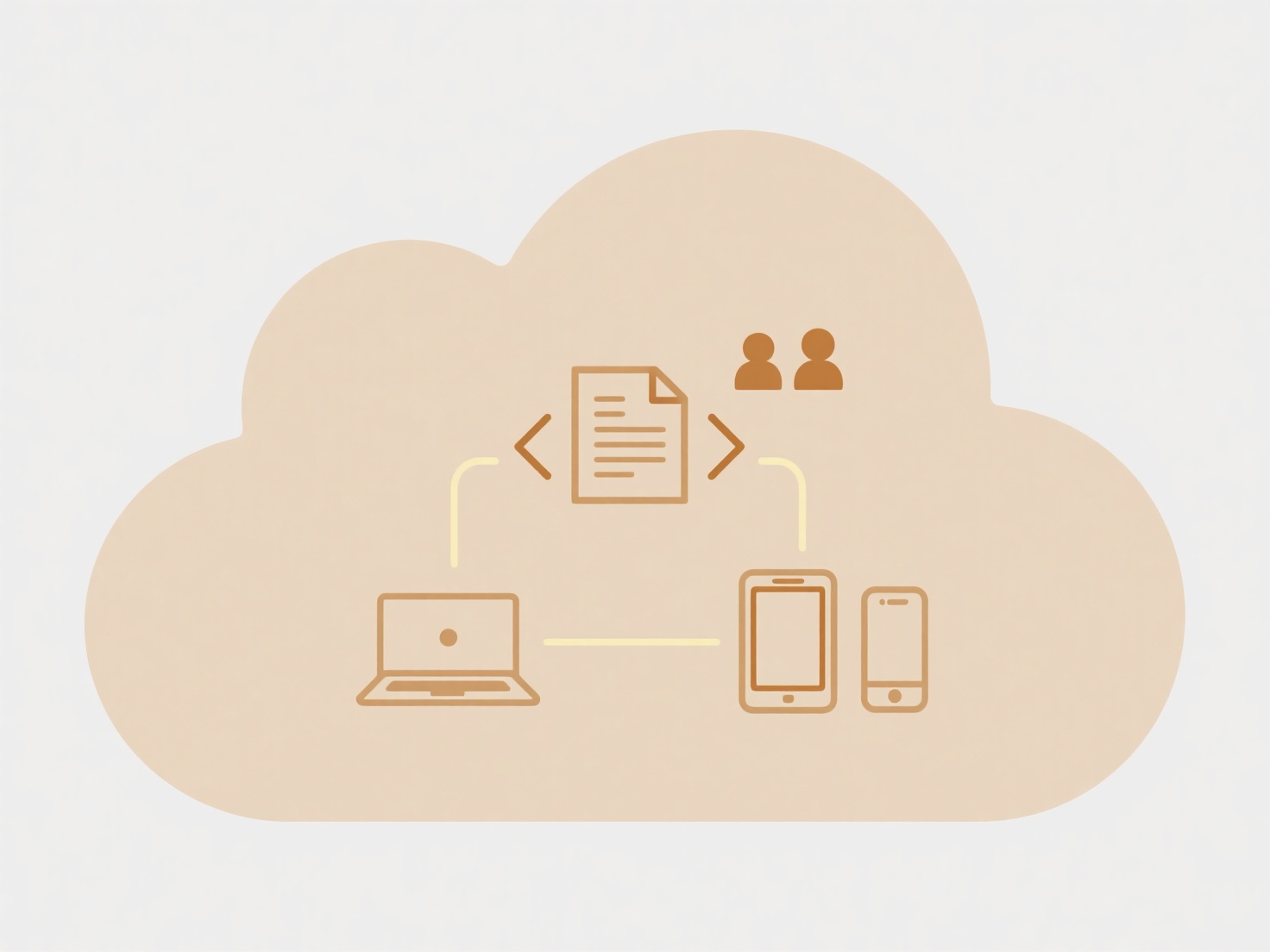
Email attachments function as separate file copies sent alongside messages. When you attach a file, you create a snapshot that inherits no ongoing permission controls from its original location (like your computer or company server). The recipient gains full read/write capability for that copy upon download, regardless of any restrictions on the original file. This differs fundamentally from sharing cloud storage links, where access rights persist.

Common examples involve sending sensitive documents: a confidential contract attached from a personal device is now fully accessible to the recipient, who could modify or reshare it freely. In business contexts, proprietary sales presentations sent via email (using platforms like Outlook or Gmail) become uncontrollable once delivered, posing risks if shared beyond the intended audience.
The primary advantage is simplicity in sharing files quickly. However, key limitations exist: senders lose control over the distributed copy, creating significant security and compliance risks for sensitive information. Unintended data leaks or compliance violations are major concerns. Future solutions increasingly emphasize secure alternatives like encrypted file transfer services or access-controlled cloud links to mitigate these risks, as email itself provides no inherent permission management for attachments.
How do permissions work for attachments in email?
Email attachments function as separate file copies sent alongside messages. When you attach a file, you create a snapshot that inherits no ongoing permission controls from its original location (like your computer or company server). The recipient gains full read/write capability for that copy upon download, regardless of any restrictions on the original file. This differs fundamentally from sharing cloud storage links, where access rights persist.

Common examples involve sending sensitive documents: a confidential contract attached from a personal device is now fully accessible to the recipient, who could modify or reshare it freely. In business contexts, proprietary sales presentations sent via email (using platforms like Outlook or Gmail) become uncontrollable once delivered, posing risks if shared beyond the intended audience.
The primary advantage is simplicity in sharing files quickly. However, key limitations exist: senders lose control over the distributed copy, creating significant security and compliance risks for sensitive information. Unintended data leaks or compliance violations are major concerns. Future solutions increasingly emphasize secure alternatives like encrypted file transfer services or access-controlled cloud links to mitigate these risks, as email itself provides no inherent permission management for attachments.
Quick Article Links
How can I preview changes before applying a batch rename?
How can I preview changes before applying a batch rename? Previewing proposed file name changes is a critical safety s...
What is selective sync and how does it work?
Selective sync is a cloud storage feature allowing users to specify which folders or files within their cloud storage ac...
What tools can detect duplicate files automatically?
Duplicate file detection tools automatically identify identical or entirely similar files within a storage system, such ...